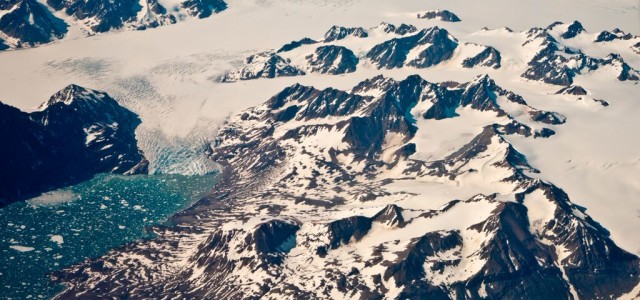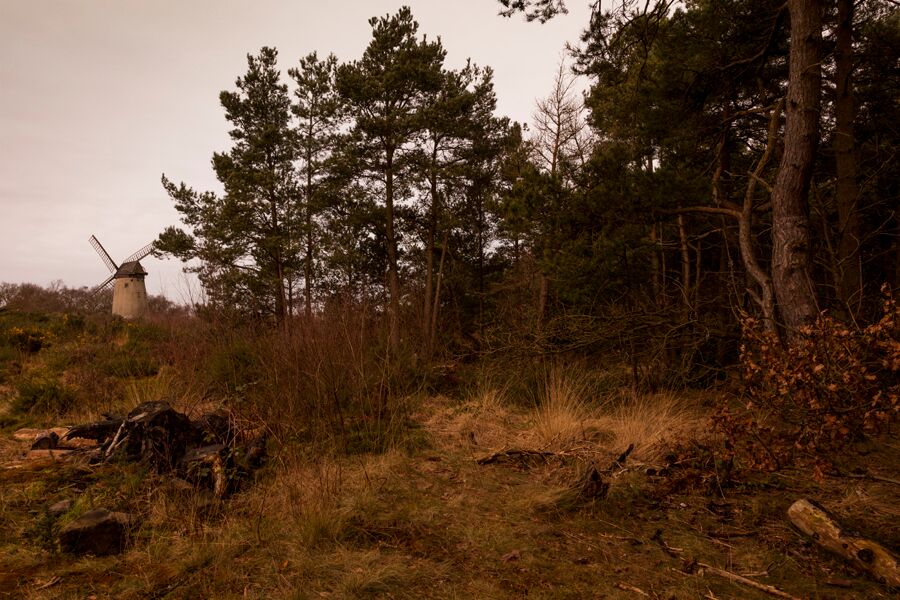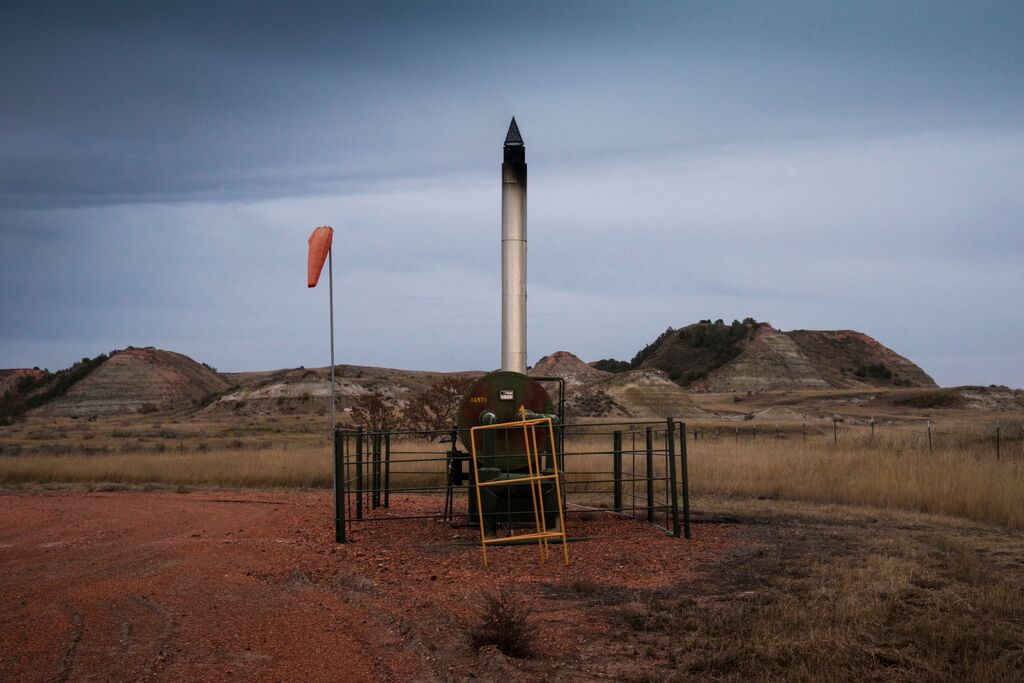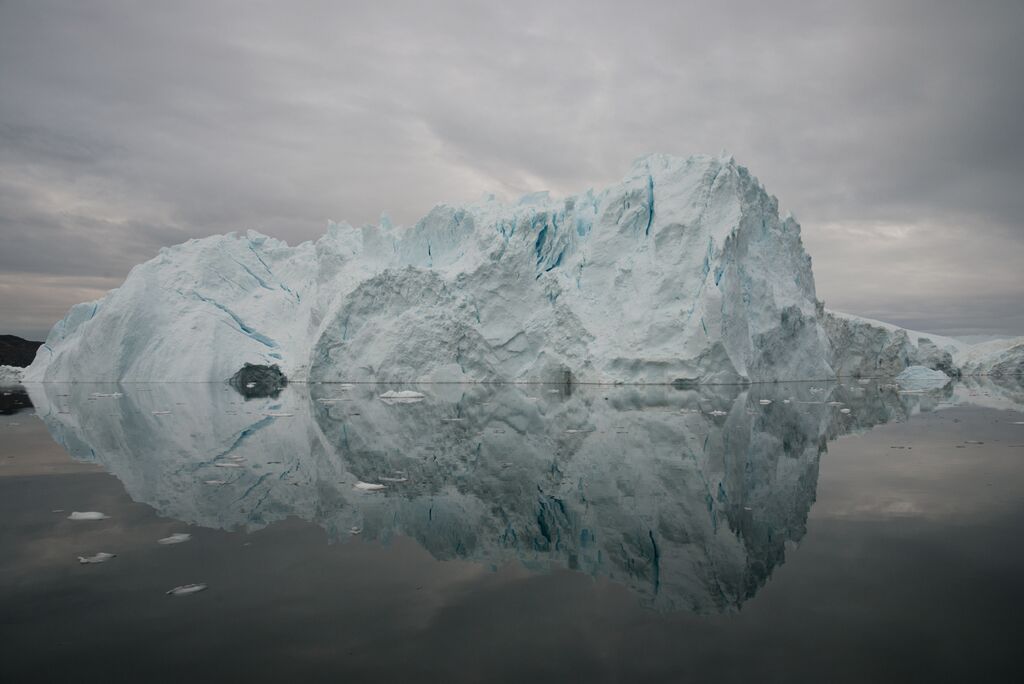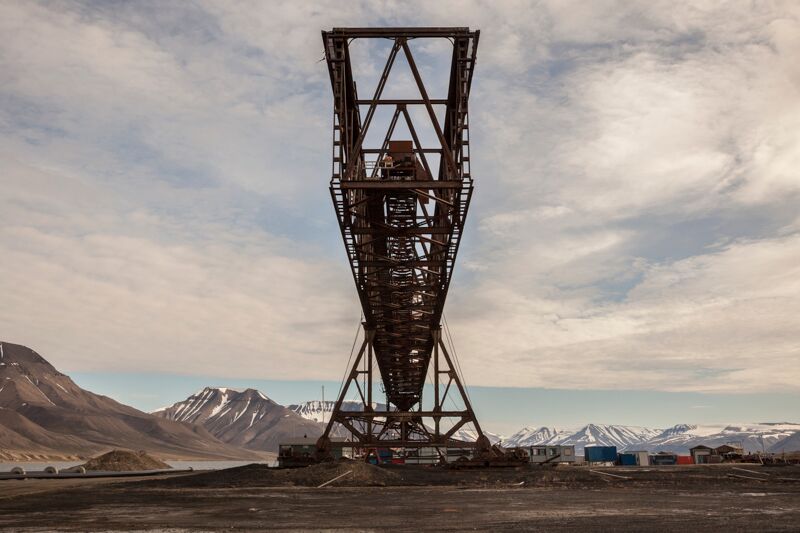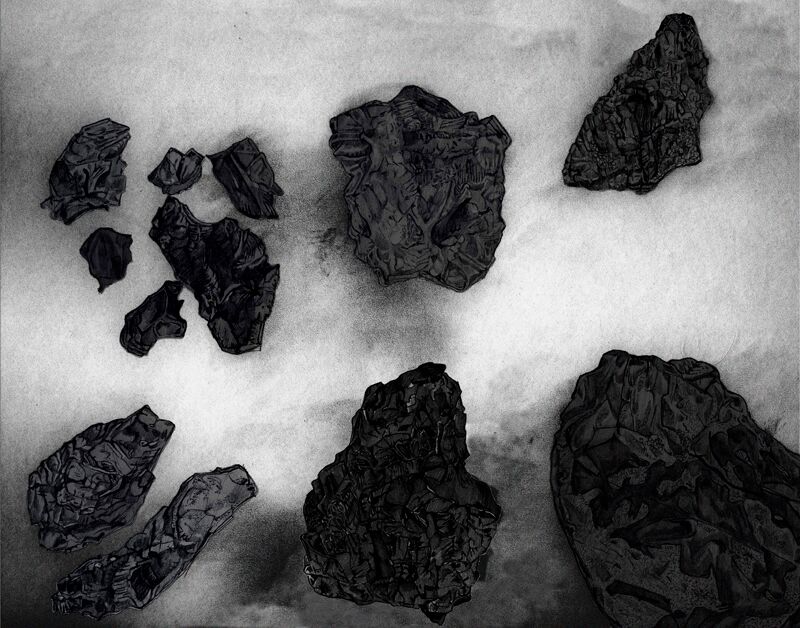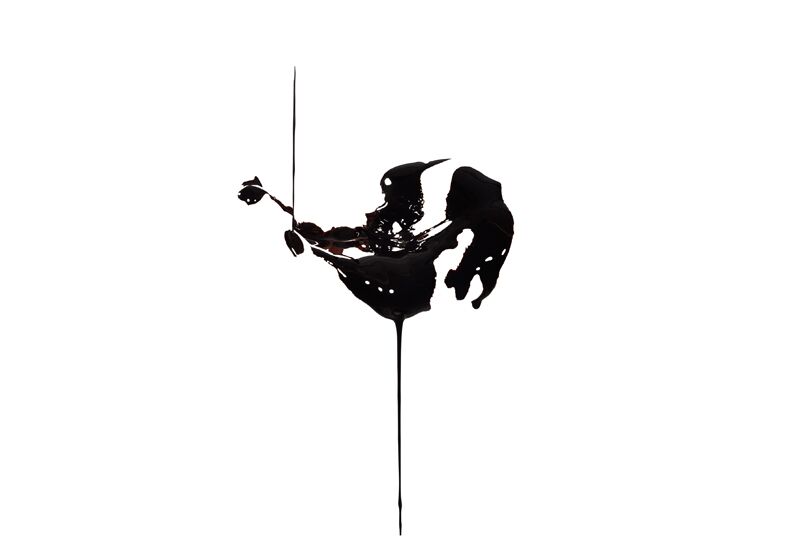Geof Rayner (City University London)
The philosopher George Herbert Mead, speaking to his students at the University of Chicago in 1909 on the revolutionary implications of Darwin’s evolutionary theory, observed that the ‘conception of Energy’ and its connection with the ‘economic history of Europe’ gave it an importance ‘which places it on par with evolution.’ Mead was a subtle and far-sighted thinker and his assessment of the new energy society exaggerated little, if at all. Over the next century humankind’s use of energy not only rivalled evolution in significance but arguably changed its course, with planetary ecology profoundly affected by the burning of fossil-sourced energy.
A few figures put this in context. Human energy use in 2000 was more than 250 times greater than in 1800. Early industrialisation revealed some of what was to come – ranging from urban pollution to fears of ‘peak coal’ – but the huge energy leap in consumption came at the conclusion of WWII. According to energy writer Gail Tverberg, energy use rose from below 100 exajoules per year to approaching 550 exajoules per year by the millennia (an exajoule is 1018 joules, a figure representing the embedded energy of a very large earthquake). The effect of the increase, alongside the progressive shift to fossil fuel, has long been associated with climatic shifts, although absent in public discussion until a couple of decades ago.
This double shift from a low to high energy use society and from renewables to fossil fuels forms the backdrop to the Metabolic Landscape project. The term metabolism may intrigue or baffle in equal measure. In fact, the concept of metabolism goes beyond its long standing in medicine and biology. Erwin Schrödinger working in the 1940s, saw it as a fusion of physics and biology. Metabolism for Schrödinger referred to the physiochemical processes underpinning all life.
The term itself, meaning ‘change’ from its original Greek, was a prominent feature of mid-nineteenth century science, Research into metabolism made the greatest progress among agricultural and nutrition scientists, including Dutch physician and philosopher Jacob Moleschott and his more famous German counterpart, the chemist Justus von Liebig. Their rival approaches to plant nutrition, the former favouring bio-organic methods and the latter the addition of chemistry, coincided with the explosion in demand for improved nutrition. That Britain turned towards the Liebig’s approach in agriculture and human nutrition (hospitals around the country promoted the drinking of beef extract (Oxo), invented by Liebig) indicates his considerable influence.
Liebig also caught the attention of leading Victorian political thinkers, ranging from Edwin Chadwick to Karl Marx. For Chadwick it triggered a huge (if unrealised) scheme for piping human effluent from city to farm for use as fertiliser; for Marx it helped ground his quest for an economic alternative to capitalism and an answer to Thomas Malthus’ gloomy predictions of scarcity under any system. It also provided scientific lustre to Marx’s critique of capitalism. What he referred to as a ‘metabolic rift’ describes the mismatch between capitalism’s demands for agricultural growth and its actual effect: the despoliation of nature on one side, with declining soil fertility, and the exhaustion of the labourer on the other. In effect, Marx was the first thinker taking a social metabolic perspective – where metabolism always has a societal complement to its bio-physiochemical aspects.
In relation to the somewhat narrower perspective of energy, Marx was not alone. Energy concepts featured large among the Victorians, ranging from sociologists like Herbert Spencer, who saw energy as a differentiating trait of humans as well as their source of creativity, to the physicist Ludwig Boltzmann. A far reaching and systemic account of energy and evolution was developed the biochemist and statistician Alfred Lotka whose 1924 book Elements of Physical Biology is counted as the first scientifically grounded account of the long-term consequences of fossil fuel use. He argued that the burning of fossil fuels might result in the doubling of atmospheric carbon, with climatic effects. He thought that this would take 500 years – a gross underestimate – but his calculations were in line with the relatively low patterns of fossil energy use at the beginning of the 20th century. The conceptual novelty introduced by Lotka took the form of two conjoint social metabolic concepts. The first was restricted to the body. What he referred to as endosomatic energy represented the conversion of food to energy solely within the body, a characteristic humans shared with all organic life. The second, specific to humans, was the concept of exosomatic energy. This represented the conversion of energy outside the body (but with potential effects on the body).
George Herbert Mead also saw energy in evolutionary terms. Mead, along with other pragmatists, CS Peirce, William James, and John Dewey, provides conceptual insight for understanding the ways in which exosomatic principles have become realised and socially normalised – the notion of habit. Examples of energy habits include what was a novel experience (in the 1920s), the switching on and off of a light bulb or, currently the use of a mobile phone. Both are ‘habits’ – social metabolic extensions of the body – which are only explicable in terms of societies which have access to unrestricted energy.
Lotka’s analysis came with a warning. No society, he argued, could continue to draw energy from the planet if it destroyed its own conditions of existence. If alive today he would have taken no pleasure from seeing his predictions proved correct. Nor would he – as a later member of the American Public Health Association – have missed the linkage between deteriorating environment and deteriorating bodies. Just as a metabolic disease refers to energy-sourced disorders of the body – resulting in obesity or diabetes – so too the planet’s own total metabolic system is revealing signs of ecosystem distress.
This brief, if wide-ranging background discussion gives hint about how artists might tackle these subjects. In the first stage of our project the artists have given considerable attention to the issues of energy, in, as well as above and below, the landscape. Their work covers energy extraction, energy transmission, energy objects, substances and processes. The approach is consistently non-documentary and for Jessica Rayner explicitly experimental.
Gina Glover’s photography of landscape – no people are shown, only the (human formed) landscape itself – gives attention to ambient weather conditions, symmetry and juxtaposition. Given that the object within the landscape might equally be a wind turbine or a coal mine, she draws attention to the fact that without contextualisation our visual interpretation is often reduced to the aesthetic plane. Hence, in her photography, we are presented with the juxtaposition of different energy forms in order to stimulate a non-aesthetic, in effect disruptive, comprehension of what we see. She presents different types of wind machines, an ancient windmill in the English Wirral, a farm wind pump and a wind turbine on the North Dakota prairie. Why, she asks, do we define an old windmill as beautiful or we regard old wind pump as ‘western authentic’, but reject the modern wind turbine as being part of intrusive modernity? Seemingly we have forgotten the functionality implicit in the first two and fail to see that a wind turbine might be an aesthetic object. Thus our understanding of the metabolic landscape is aesthetically predefined. As William James once noted, what we see is mostly a construct of the mind.
Image: Bidstone Windmill
Image: Windpump
Image: Windturbine
Some of Glover’s more redolent imagery draws on the apparently endless wheatfields of North Dakota. Vaclav Smil, the energy historian has calculated that modern farm machinery employs roughly 600 times more energy than the bullocks or horses, pulling a plough. This is the exosomatic concept writ large. Within or beside these fields of grain are oil fracking pads; other photographs show more sparsely distributed coal-fired power stations and cross state power lines. In this region largely devoid of people, energy use, extraction, and distribution has transformed the landscape, often producing stark juxtapositions and configurations.
Image: Prairie Farm
Image: Gas Well Extraction
Similarly, Glover’s photography of Arctic icebergs and glaciers, juxtaposed with artic coal mining, leads us to question extant glacial metaphors (as in the Hollywood versions of the Titanic story). Her work suggests a new felt reality of rapid polar melting. In like manner her photography ranges across nuclear energy, oil, gas, hydro, wind, as well as other consequences of energy feedback, such as coastal subsidence. The photographs are not a depiction. They are suggestions.
Image: Water held by the cold
Image: Titan Crane
Jessica Rayner’s artwork operates on smaller scale and with a more explicit, often historical, scientific focus. She deals with things, objects and processes within, below or above the landscape – including the source of energy, our sun. If Glover’s work expresses a critique of received landscape knowledge, bound within habitual metaphor, Rayner’s draws upon, and applies, a range of scientific understandings from the ecological perception theories of JJ Gibson (in particular the concept of affordances – the value we invest in visual objects) to the continuity and process thinking of the philosopher-scientists AN Whitehead and CS Peirce. These latter thinkers rejected the dualistic separation of humans and nature, in Whitehead’s case through the epithet ‘bifurcation of nature’. Whitehead drew attention to the fact that objects of our perception constitutes an ‘event’, an historical point in a process of change. Rayner applies this conceptualisation to her drawings of coal and through her ‘tactile photography’ of oil, pointing out, in her accompanying text, that these were once living materials, with a history ‘of their own’, alongside the story we imbue them with.
Image: Carboniferous series
Image: Withdrawing touch
Glover’s photography presents the metabolism of large landscapes; Rayner, conversely, examines the metabolism of objects which may be out of sight or that we are unable to look at. In the case of nuclear objects, her artwork incorporates a variety of kitsch objects, humorously providing them a new context within a science-based text on their energetic properties. The lessons found in both artist’s works are that our perceptual habits, like our embodied habits, are formed from what we have experienced, with that shaping of experience being as much based upon suggestion as knowledge. Taking up Peirce’s idea that our minds operate through mental composites of past experiences Rayner’s video art piece, ‘365 Faces of the Sun’ (extract here), expresses the Peircean view that our mental construct of the sun is a product of all the suns we have ever ‘seen’ – although we have never once actually seen it (we dare not look at it.) Our mental images of the sun, therefore, are artefacts of our image-making technology, as well as all the fictional representations we have seen.
Image: Handmaidens of Uranus
Image: 365 Faces of the Sun
Superficially this project can be construed as being just about climate change. But it also considers how art may help untangle our relationship with the natural world – which is increasingly itself a type of myth (as in the fictional notion of wildness), given that our dominating human presence is continuously remaking nature. In providing a form of understanding of nature the artists suggest that art may have some advantages over science. Science communicates well to scientists but poorly, if at all, to the public. At times it seems trapped by its own methods and self-evaluative criteria into a reductive, calculative mode of experience and discourse.
In Peirce’s philosophical system – although the philosopher claimed to be ‘dunce’ in the field of art, art may be presented as an encounter with ‘firstness’. The experience of being close to a glacier or an iceberg, or connected remotely through a well-executed artwork, can produce a sensation of the sublime: an impression or an idea which ‘fills the mind’. This is not to counter science with art. Art too may be insufficient as a mode of communication. Feeling, or firstness, requires the contextual supplementation of resistance, a world which bruises our shins, as well as the world of signs and social knowledge, respectively in Peirce’s categories, secondness and thirdness. To put it another way, in the language of psychologist Eleanor Gibson, it requires perceptual learning; in this case not only to dislodge unreflected upon or taken-for-granted understandings – our habits of looking or thinking – but to supplement our visual or tactile experience.
In this manner, perhaps science and art and the social sciences can become allies. Again the insight is hardly novel. It is an old view expressed by Goethe and Kant and Schiller that philosophy, science and art are complementary. Indeed, some of the most acclaimed visual artists, JMW Turner being perhaps the most notable, turned to science to provide for a fuller and more satisfying conception of the sun. Darwin, whose ideas form a foundation for many of those mentioned here, often spoke of his encounters with nature as being through ‘wonder’. In doing so he put himself in the tradition of scientist/philosophers going back to the Greeks who saw knowledge not as a mere accumulation of objective fact about an invariant nature but as part of openness to experience.
Geof Rayner is an honorary research fellow at City University London. The Metabolic Landscape Project is the initiative of three people (coincidentally, members of the same family), the photographic artist Gina Glover, a twice-winner of the Vision of Science award, the multimedia artist Jessica Rayner, and the independent social scientist Dr Geof Rayner. The Project has so far has resulted in a book and a touring exhibition of photography and artwork. The book is available from real and online bookshops and signed copies are available from the authors at: www.themetaboliclandscape.com. The exhibition is available for curated and secure settings. Contact the authors through the project website.
